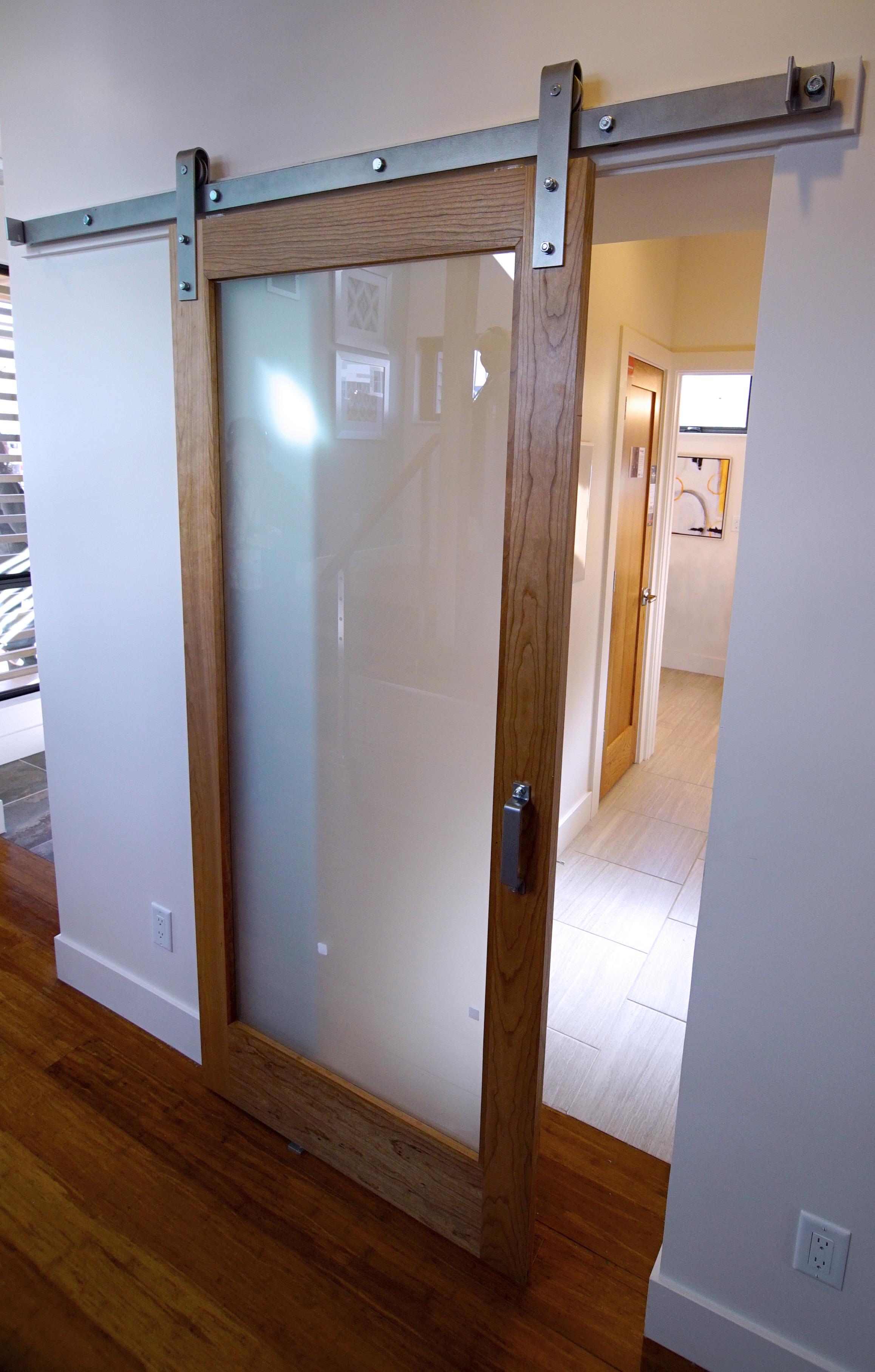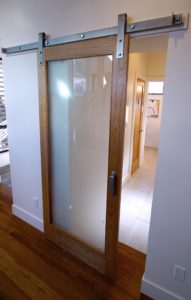 Designing your dream bathroom is an unforgettable experience — especially when you get to handpick everything from the floors to the fixtures to suit your tastes. The only problem? Total control is a lot of responsibility. How do you know you’re making decisions that will appeal to you and potential buyers years down the road? What features are most important, and which are just a matter of preference? How do you know what adds value to a home?
Designing your dream bathroom is an unforgettable experience — especially when you get to handpick everything from the floors to the fixtures to suit your tastes. The only problem? Total control is a lot of responsibility. How do you know you’re making decisions that will appeal to you and potential buyers years down the road? What features are most important, and which are just a matter of preference? How do you know what adds value to a home?
To help answer these questions, here’s a look at some top tips for what to include in your dream bath. When you want to make sure you’re designing strategically, keep these features at the forefront of your bathroom plans:
- Natural light. Incorporating windows that let a lot of natural light into your bathroom is both aesthetically enjoyable and more energy efficient. Windows take advantage of the existing outdoor light to naturally illuminate your daily routines.
- More space. If you’re still at the stage of design where you can expand your bathroom’s size, do it. Bigger bathrooms are better able to accommodate all the bells and whistles that put the luxury in luxury bath. Boost your bathroom’s floor plan with extra square footage to make it a more desirable space.
- Extra storage room. Along the same lines as more square footage is extra storage space. Look for ways to add storage areas to your bathroom — a closet, shelves, vanity space, etc. — in order to maximize its usability and appeal.
- Double sinks. Double sinks mean double the space, which means double the opportunities for keeping toiletries and cosmetics. Likewise, double sinks accommodate more users in the bathroom and more potential for use. For more minimal upkeep, look for undermounted sinks and low-maintenance surface options that are easy to clean.
- Separate shower and tub. A shower/tub combination is efficient and useful, but separating the shower from the tub adds more comfort, style and luxury. With a spacious shower and a standalone tub, you have opportunities to turn these features into destinations. You might go with a whirlpool tub, for example, or a shower with room for two. For a bonus tip, consider building a shower that’s big enough to not need a door. It’ll save you constant cleanup without allowing water to spray into the room.
- Luxury materials. High-end materials like glass, stainless steel, porcelain tile and stone are hot in more than kitchens today. Turn your bathroom in a luxury retreat by incorporating marble-topped vanities, porcelain tile floors or glass shelves. Also check out engineered stone for a natural lookalike that’s resistant to mold, mildew, scratches and stains.
- Heated floors. It’s hard to imagine anything more luxurious than stepping out of your bathtub onto heated floors. Likewise, when you step into your bathroom early in the morning or from the plush carpeting from your bedroom, heated floors make the transition easier. With radiant heating under your floorboards, that’s exactly what you’ll get.
- Eco-friendly features. From water-saving toilets to efficient shower heads, look for eco-friendly features that will add efficiency and value to your space.
- A private commode. Give your bathroom the beauty of privacy by putting the toilet in its own space. A separate water closet is commonplace in some parts of the world, but in America it’s a standout feature.
When it comes to your dream bathroom, your style preferences are paramount — but also incorporating winning features like natural light, high-end materials and eco-friendly features ensures you create value that lasts. When you’re shopping for designs and features for your new bathroom, keep the above list in mind. By paying attention to what features are desirable in the field, you can create a bathroom that’d be a dream for anyone.
Author bio: Erica Garland is Content Marketing Manager at Modern Bathroom and has 15 years of experience in the bathroom renovation industry. Modern Bathroom sells a variety of products needed for any bathroom renovation project. With such a large selection of bathroom faucets, vanities, sinks, toilets and showers, Modern Bathroom is sure to have the perfect piece to give your bathroom an updated look.







